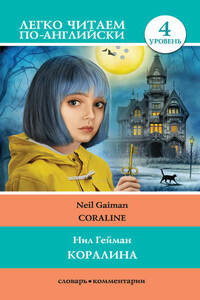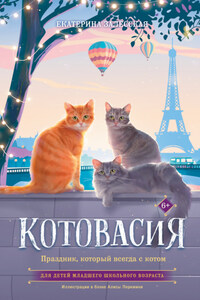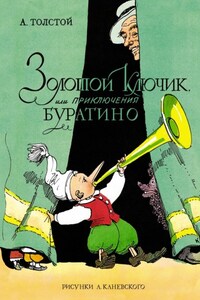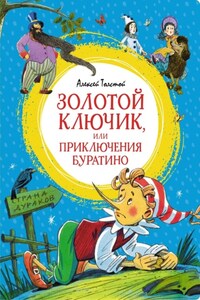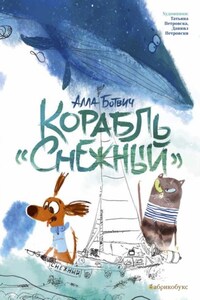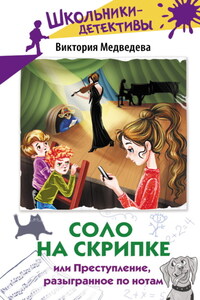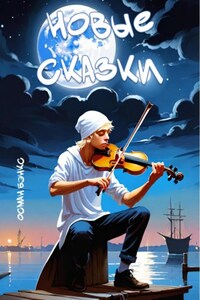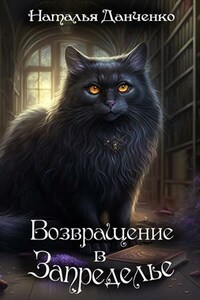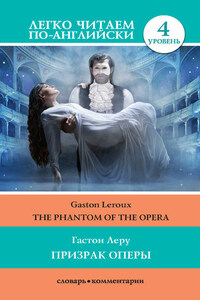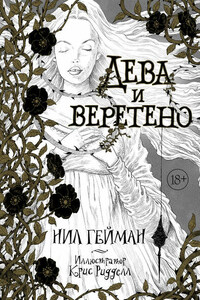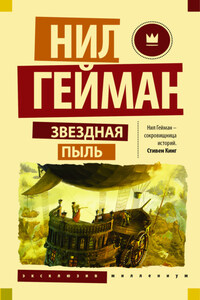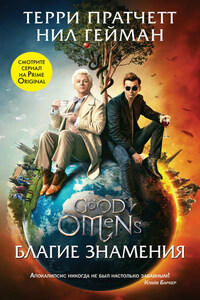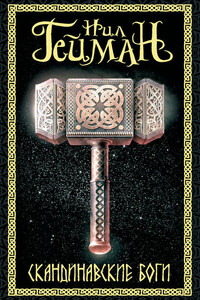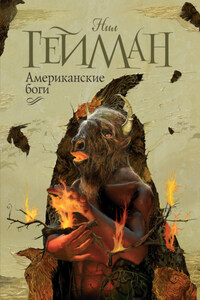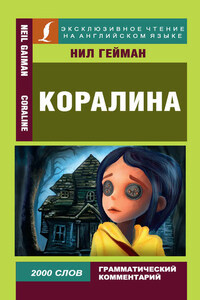Coraline discovered the door a little while after they moved into the house.
It was a very old house—it had an attic under the roof and a cellar under the ground and an overgrown garden with huge old trees in it.
Coralineʼs family didnʼt own all of the house—it was too big for that. Instead they owned part of it.
There were other people who lived in the old house.
Miss Spink and Miss Forcible lived in the flat below Coralineʼs, on the ground floor. They were both old and round, and they lived in their flat with a number of ageing Highland terriers[1] who had names like Hamish and Andrew and Jock. Once upon a time Miss Spink and Miss Forcible had been actresses, as Miss Spink told Coraline the first time she met her.
“You see, Caroline,” Miss Spink said, getting Coralineʼs name wrong, “both myself and Miss Forcible were famous actresses, in our time. We trod the boards[2], luvvy. Oh, donʼt let Hamish eat the fruitcake, or heʼll be up all night with his tummy.”
“Itʼs Coraline. Not Caroline. Coraline,” said Coraline.
In the flat above Coralineʼs, under the roof, was a crazy old man with a big mustache. He told Coraline that he was training a mouse circus. He wouldnʼt let anyone see it.
“One day, little Caroline, when they are all ready, everyone in the whole world will see the wonders of my mouse circus. You ask me why you cannot see it now. Is that what you asked me?”
“No,” said Coraline quietly, “I asked you not to call me Caroline. Itʼs Coraline.”
“The reason you cannot see the mouse circus,” said the man upstairs, “is that the mice are not yet ready and rehearsed. Also, they refuse to play the songs I have written for them. All the songs I have written for the mice to play go oompah oompah. But the white mice will only play toodle oodle, like that. I am thinking of trying them on different types of cheese.”
Coraline didnʼt think there really was a mouse circus. She thought the old man was probably making it up.
The day after they moved in, Coraline went exploring.
She explored the garden. It was a big garden: at the very back was an old tennis court, but no one in the house played tennis and the fence around the court had holes in it and the net had mostly rotted away; there was an old rose garden, filled with stunted, flyblown rosebushes; there was a rockery that was all rocks; there was a fairy ring[3], made of squidgy brown toadstools which smelled dreadful if you accidentally trod on them.
There was also a well. On the first day Coralineʼs family moved in, Miss Spink and Miss Forcible made a point of telling Coraline how dangerous the well was, and they warned her to be sure she kept away from it. So Coraline set off to explore for it, so that she knew where it was, to keep away from it properly.
She found it on the third day, in an overgrown meadow beside the tennis court, behind a clump of trees—a low brick circle almost hidden in the high grass. The well had been covered up by wooden boards, to stop anyone falling in. There was a small knothole in one of the boards, and Coraline spent an afternoon dropping pebbles and acorns through the hole and waiting, and counting, until she heard the plop as they hit the water far below.
Coraline also explored for animals. She found a hedgehog, and a snakeskin (but no snake), and a rock that looked just like a frog, and a toad that looked just like a rock.
There was also a haughty black cat, who sat on walls and tree stumps and watched her but slipped away if ever she went over to try to play with it.
That was how she spent her first two weeks in the house—exploring the garden and the grounds.
Her mother made her come back inside for dinner and for lunch. And Coraline had to make sure she dressed up warm before she went out, for it was a very cold summer that year; but go out she did, exploring, every day until the day it rained, when Coraline had to stay inside.
“What should I do?” asked Coraline.
“Read a book,” said her mother. “Watch a video. Play with your toys. Go and pester Miss Spink or Miss Forcible, or the crazy old man upstairs.”
“No,” said Coraline. “I donʼt want to do those things. I want to explore.”
“I donʼt really mind what you do,” said Coralineʼs mother, “as long as you donʼt make a mess.”
Coraline went over to the window and watched the rain come down. It wasnʼt the kind of rain you could go out in—it was the other kind, the kind that threw itself down from the sky and splashed where it landed. It was rain that meant business, and currently its business was turning the garden into a muddy, wet soup.
Coraline had watched all the videos. She was bored with her toys, and sheʼd read all her books.
She turned on the television. She went from channel to channel to channel, but there was nothing on but men in suits talking about the stock market, and talk shows. Eventually, she found something to watch: it was the last half of a natural history program about something called protective coloration. She watched animals, birds, and insects which disguised themselves as leaves or twigs or other animals to escape from things that could hurt them. She enjoyed it, but it ended too soon and was followed by a program about a cake factory.
